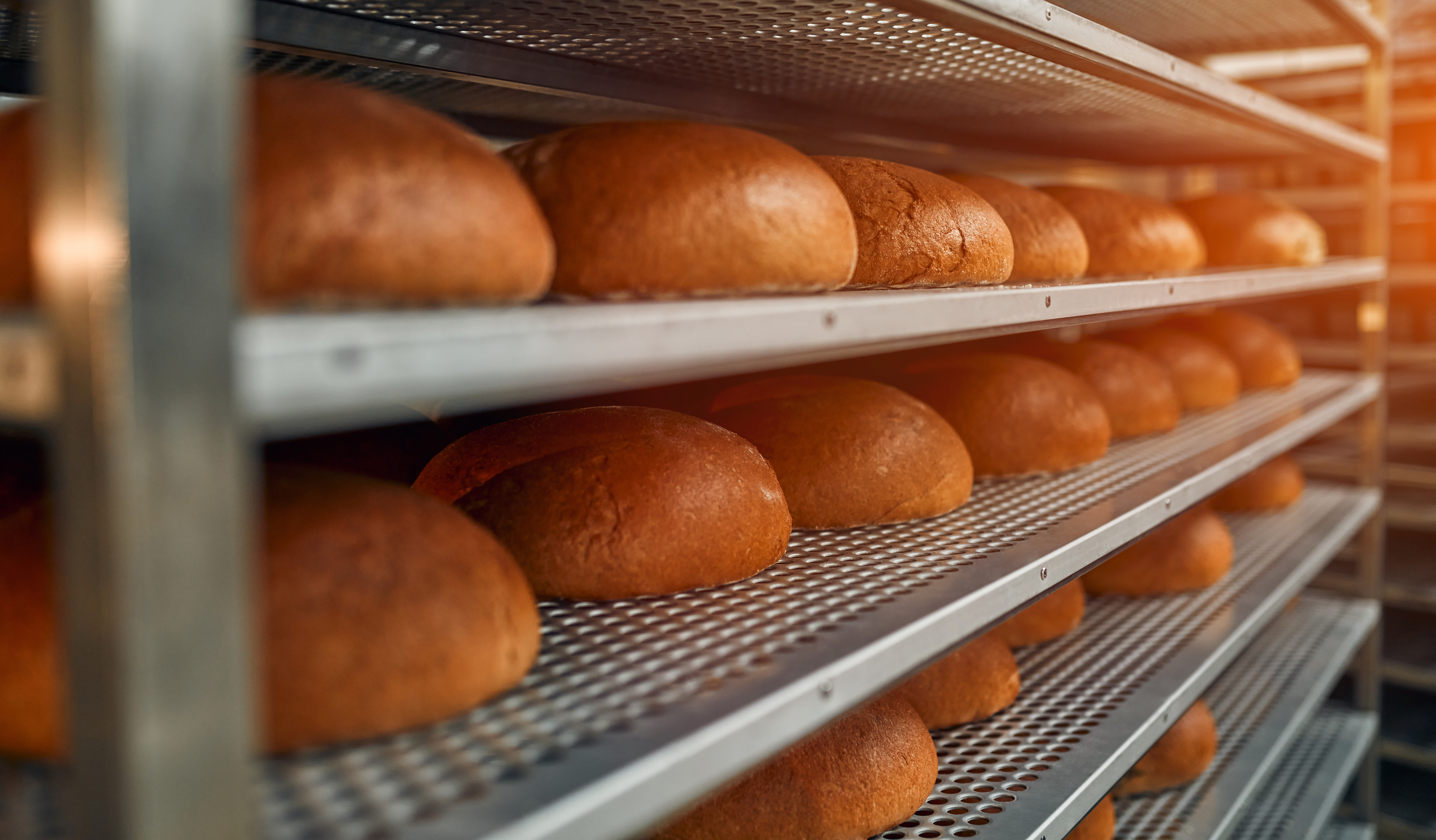How Does Your Food Safety Culture Stack Up? Know What your SQF Auditor is Looking For
By Kristie A. Grzywinski, MS, MLIS, Technical Director
 Even before it became an official GFSI benchmarking requirement in 2020, the importance of a food safety culture was recognized by as well as food safety experts and third-party auditors. Indeed, the notion of doing things right to ensure food safety and quality has been a guiding principle for decades across all levels of food and beverage production. The requirement underlined it and brought the concept to the fore with an exclamation point.
Even before it became an official GFSI benchmarking requirement in 2020, the importance of a food safety culture was recognized by as well as food safety experts and third-party auditors. Indeed, the notion of doing things right to ensure food safety and quality has been a guiding principle for decades across all levels of food and beverage production. The requirement underlined it and brought the concept to the fore with an exclamation point.
In essence, a strong food safety culture is an overarching, shared, and leadership-driven philosophy that focuses on continuous improvement and is supported by a food safety management system. It may be a broad and somewhat abstract term, but there are specific approaches and actions that embody a culture of food safety – and that will be noticed by an auditor.
Whether you have an impending SQF audit or are regularly reviewing your recall risks, you can assess your food safety culture to see how your organization stacks up and identify areas of improvement. Here’s an inside look at what an SQF auditor will be paying attention to when evaluating your operation.
Is food safety culture a top-down priority shared by employees at all levels of the organization?
As part of the process, an auditor will interview key personnel about food safety and quality efforts. Will those employees, including leaders as well as workers on the line, express a similar mindset about food safety? Will their answers reflect a certain consistency in thought and passion for food safety? Auditors also will be looking for examples during interviews.
How have you communicated your core food safety and quality values?
Communication is a central part of an SQF System. In addition to specific steps outlined in food safety management plans, your auditor should be able to see or learn about your company’s messaging regarding its food safety values. These examples can range from messaging during employee training to lunchroom/on-floor posters to a reiteration of your core values by leaders during company-wide meetings or during regular walk-throughs on the line. Some companies even hold annual meetings specifically devoted to creating and adhering to a shared food safety culture. Communication is a two-way street – actually, more like a multi-lane highway these days – and employees should also feel free to communicate their concerns and ideas about food safety to their managers and leaders.
Are there plans in place to improve food safety culture?
As auditors review plans and processes that are part of certification reviews, they also keep an eye out for plans for improving food safety culture. Given that a robust food safety culture hinges on continuous improvements, a company must have a plan for enhancing their food safety culture to address gaps in communications or in a shared mindset. Here, too, concrete examples are helpful.
As with other definitions and forms of culture, your organization’s food safety culture is unique to your operation. Use that to your advantage, as a way to not only sail through an SQF audit and improve food safety and quality but to define and strengthen your organization as a whole.
To dive deeper into your food safety culture, available September 2021 in English and Spanish within the SQF Edition 9: Practitioner Training Program: Implementing SQF: Food Safety Culture.
Recent Blog Posts
The FMI Foundation, in partnership with SQFI, awarded 19 scholarships from 152 applications for the 2025-2026 Food Safety Auditing Scholarship program.
Private brands in the grocery industry are experiencing significant growth, evolving from budget alternatives to strategic assets that drive customer loyalty and distinguish retailers.
Recall prevention means embedding food safety throughout your operations so those failures never reach the customer.




